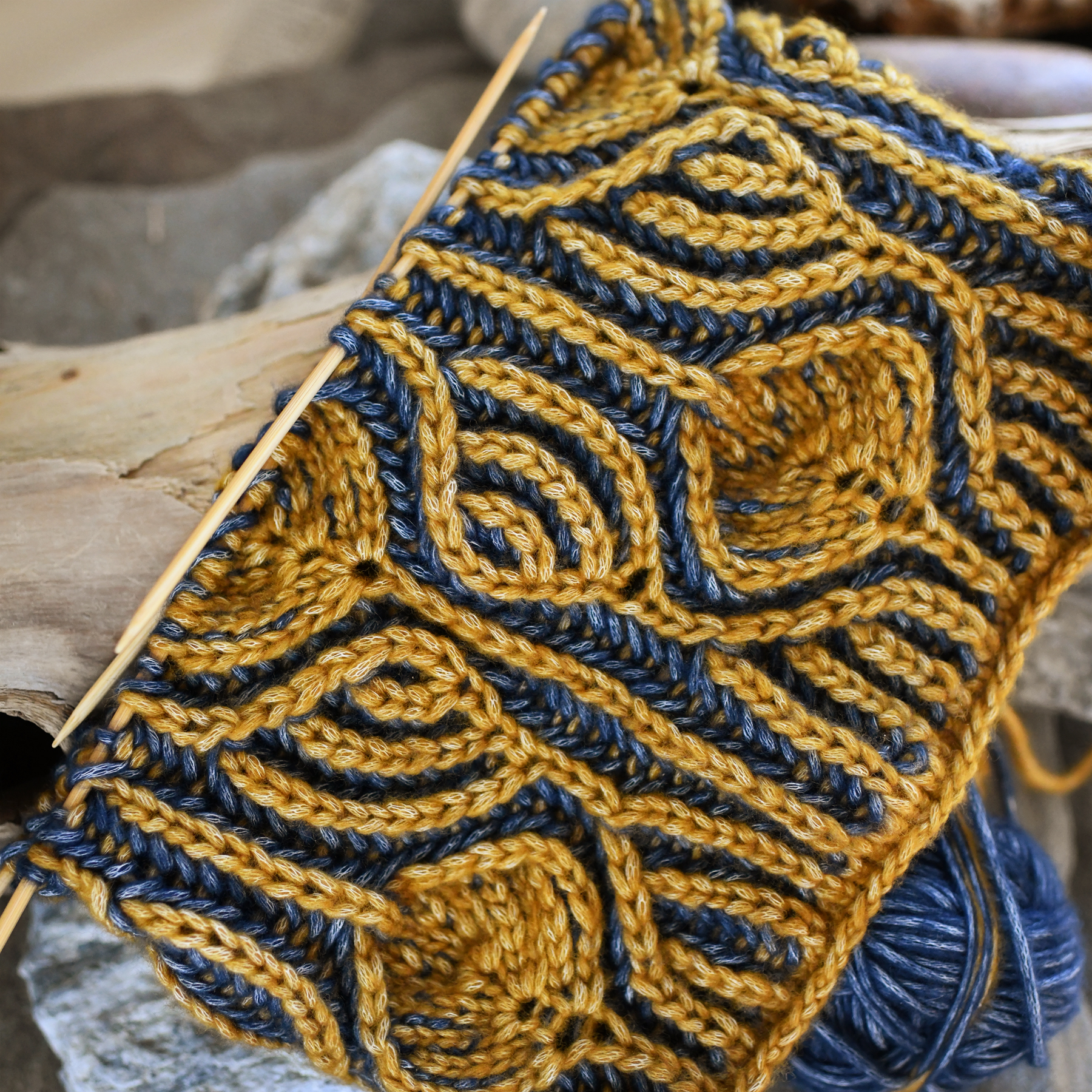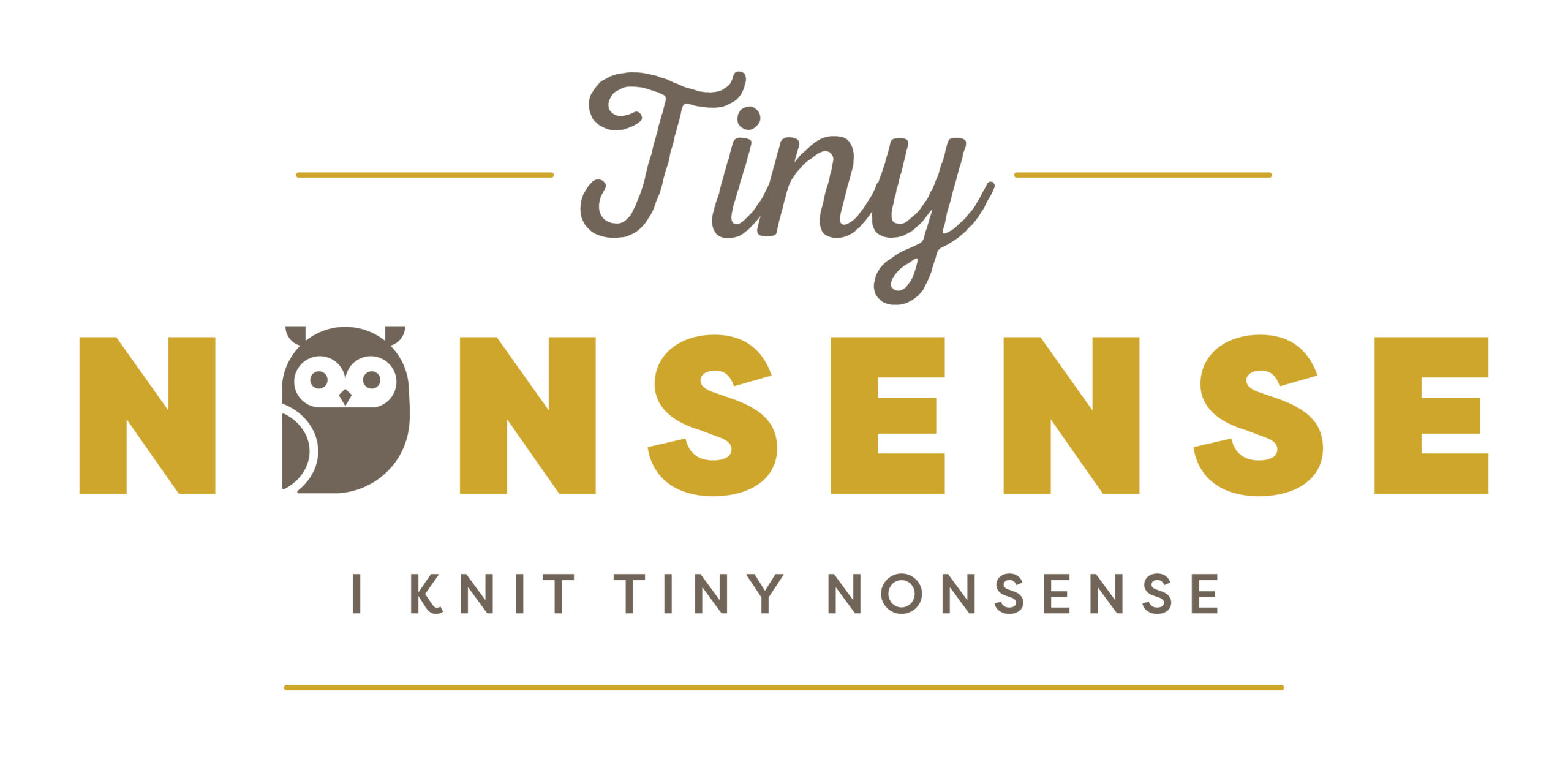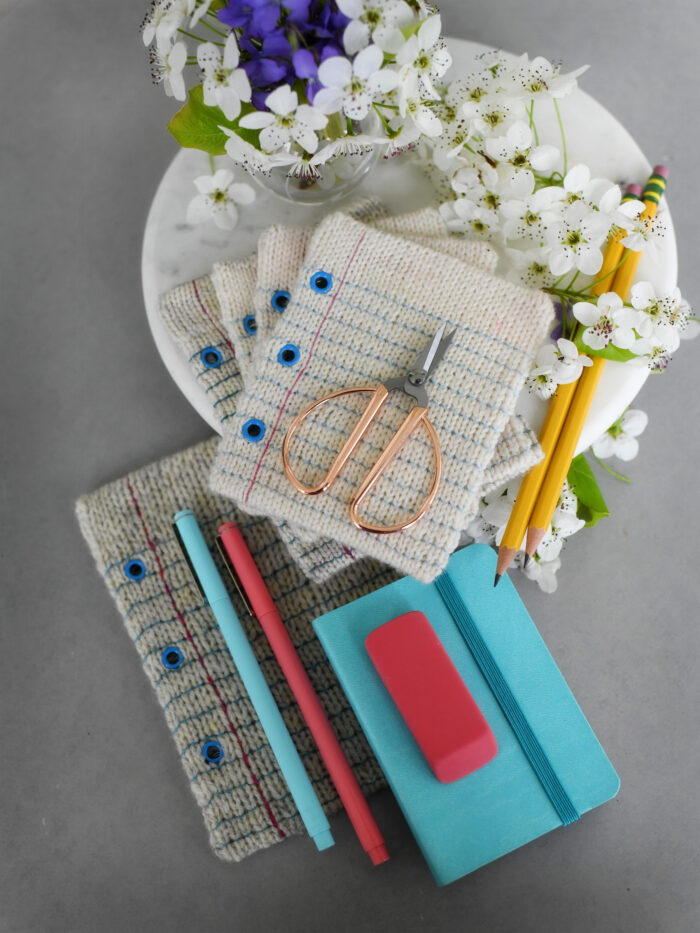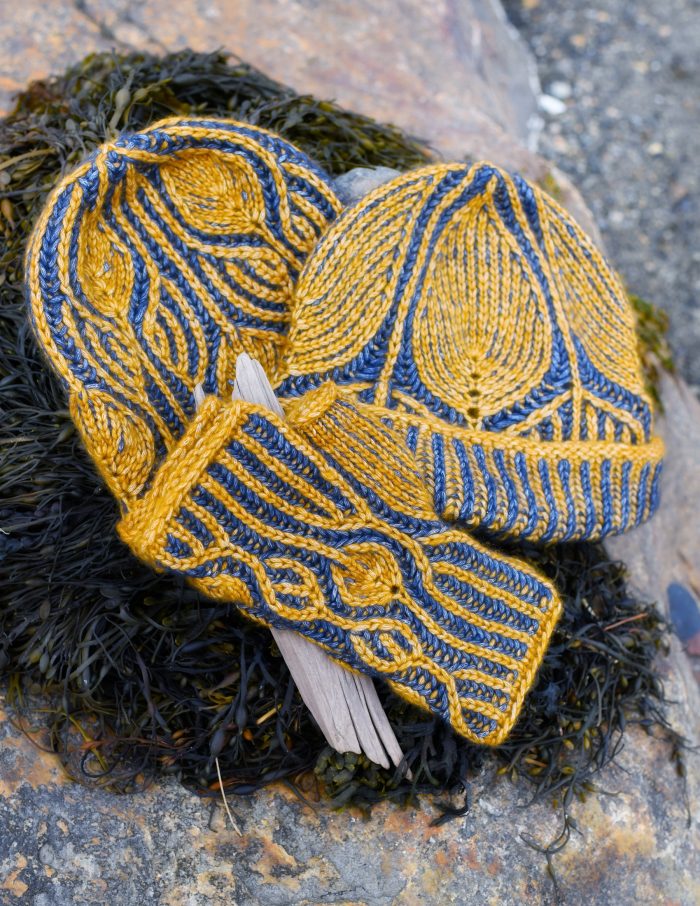Timing
The hat is now ready for the decreases. How do I know? Well, in this case, it’s because of where I am in the pattern repeat (this one has a lot of rows, so there are only a couple of set points where it makes sense to do the decreases). But on a less constrained hat (say one with a two row repeat or a four row repeat or a six row repeat), it can be a little tricky to tell.

The best method I know is to lay the hand of whoever is going to wear the thing on top of the fabric, so that the creases between their palm and wrist are at the brim. If the fabric is long enough to extend past their longest finger, you’re generally safe to start the decreases. You’ll get a reasonably close fitting hat, not super tall, not super short.
When In Doubt Go Taller! A too tall hat is easier to wear than a too short hat. And if you’re planning to have a folded brim, make sure you’re measuring with the fabric already folded.
Now, couple of caveats! This is for older kids and adults, not babies, and for hats with a normal rate of decrease. It doesn’t work for babies. Babies have shockingly giant heads (ask their mothers) and require more fabric. Tricky to get them to hold their sticky little mitts still to measure too. And hats occasionally have you do something like work all the decreases in two rows or four rows, in which case you need more fabric before you start the decreases (the pattern should tell you if that’s the case). But if you’re knitting a hat for someone old enough to be involved in the hat making process, and with a fairly normal rate of decreases (say 6 or 8 or 10 decreases every other row, more or less), then this is a pretty solid guideline if you don’t have any other information to go on!
Mailing List
Want to hear when a new pattern comes out or something fun is going on? Sign up below!
Patreon
Want to support the content I create, get nifty bonus material for some of my favorite patterns, or get every new release delivered right to your inbox? Head over to patreon and sign up!







